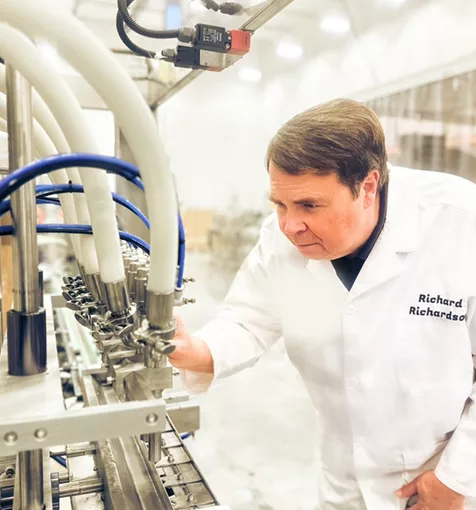

This innovative process has been developed through a collaborative effort involving chemists, advanced compounding pharmacists, biologists, microbiologists, medical professionals, and nutritionists. The primary objective is to optimize the bioavailability of API and ANI when administered orally.
In the oral administration of medication, the active pharmaceutical ingredients (API) must navigate through the challenges of the GI tract, facing acids, enzymes, absorption processes, and the initial metabolic processing by the liver through the Hepatic portal vein, known as the 1st Pass Effect. nMeds employs a distinctive process know as AQASOME NPC. This innovative approach enables us to strategically influence (“hack”) various aspects of the GI tract and pharmacokinetic pathways, facilitating accelerated and more efficient results with lower dosages.


This amalgamation yields a crucial outcome—Cellular Function. The equation is simple: Cellular Hydration plus Cellular Nutrients equals Cellular Function. Most of our biological functions occur at the cellular level, yet achieving adequate cellular hydration is a challenge, as chronic dehydration is a common issue regardless of water intake. Furthermore, delivering essential nutrients to cells is no easy feat. The goal is to create functional products that provide cellular hydration and nutrients, significantly impacting our health.
AQASOMES are developed by delving deeply into various essential factors:
Understanding the properties of water, encompassing water molecule behavior, structural aspects, suspended and dissolved solids, binding of contaminants, filtration techniques, covalent and hydrogen bonding, stability, absorption within the human body, transportation from the gastrointestinal tract to interstitial fluid, and cellular uptake.
This entails a thorough understanding of active pharmaceutical ingredients (API) or active nutritional ingredients (ANI), recognizing their unique pharmacokinetic characteristics, such as absorption, distribution, metabolism, excretion times, half-life, molecular and cluster sizes, prodrug potential, and more.
This involves comprehending processes such as digestion within the gastrointestinal tract, survival and absorption, blood circulation, liver functions, the first-pass effect, portal vein dynamics, pH variations along the gastrointestinal tract, hydration at blood and cellular levels, blood flow and vasodilation at capillary levels, electrolyte influences, particle charges, zeta potential, surface area, contact time, gut health, microbiome, stability of API and ANI in various forms, and their correlations.
Recognizing that not all ingredients are the same, this stage focuses on preparing the ingredients. There is no universal optimal particle size, as there exists a J-Curve effect when reducing particle size, where excessive energy input can lead to increased particle size. It is crucial to understand how to dissolve ingredients in their larger forms and further dissolve them within a solution, as it is not as simple as applying ultrasonic treatment.